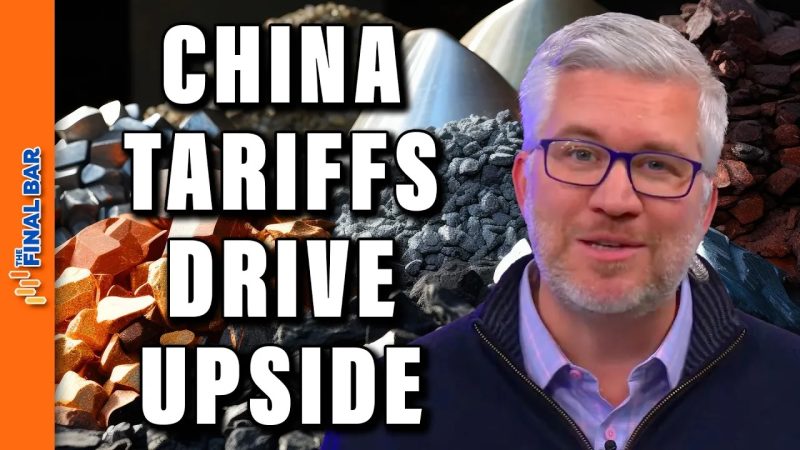Rare earth minerals have increasingly become a focal point in global trade discussions and geopolitical strategies. In particular, China’s dominance in the market for these critical minerals has captured the attention of policymakers, industries, and analysts worldwide. The imposition of tariffs by China on rare earth minerals has significant implications for global supply chains, security, and technological advancements, creating both challenges and opportunities for various stakeholders.
China’s stronghold on the rare earth minerals market stems from its abundant reserves and efficient production capabilities. As the world’s largest producer of rare earth minerals, China currently supplies over 80% of global demand. This dominance has raised concerns among other countries reliant on these minerals for high-tech industries such as electronics, renewable energy, and defense.
The recent announcement of tariffs by China on rare earth minerals exports has sent ripples across industries that heavily depend on these critical inputs. The move has sparked fears of potential supply disruptions and price hikes, prompting countries to reassess their reliance on Chinese supplies. For nations like the United States and Japan, which are major consumers of rare earth minerals, diversifying supply sources and enhancing domestic production have emerged as strategic imperatives to mitigate risks associated with China’s tariff policies.
The escalating trade tensions over rare earth minerals have also underscored the imperative of improving recycling and conservation efforts. Given the finite nature of rare earth minerals and their essential role in modern technologies, sustainable practices in mining, extraction, and recycling are crucial for ensuring long-term availability and reducing environmental impacts. Innovations in recycling technologies and circular economy principles offer promising avenues for addressing supply chain vulnerabilities and achieving resource security.
Despite the challenges posed by China’s tariffs on rare earth minerals, there are also inherent opportunities for diversification and innovation in the global marketplace. Countries endowed with rare earth mineral reserves, such as Australia, the United States, and Canada, stand to benefit from increased demand for alternative sources. Strengthening partnerships among these nations and investing in research and development initiatives could unlock new avenues for sustainable rare earth mineral production and reduce dependence on a single dominant supplier.
The evolving landscape of rare earth minerals trade highlights the complex interplay between economic considerations, national security interests, and environmental sustainability. As countries navigate the uncertainties created by tariff policies and supply chain disruptions, collaborative approaches, strategic investments, and technology-driven solutions will be essential for fostering resilience and competitiveness in the rare earth minerals sector.
In conclusion, the strategic significance of rare earth minerals in the global economy underscores the need for comprehensive policies and partnerships to address challenges and harness opportunities in this critical sector. By adopting a balanced approach that integrates economic, security, and environmental dimensions, countries can effectively navigate the complexities of the rare earth minerals market and build a resilient foundation for sustainable development and technological innovation.

